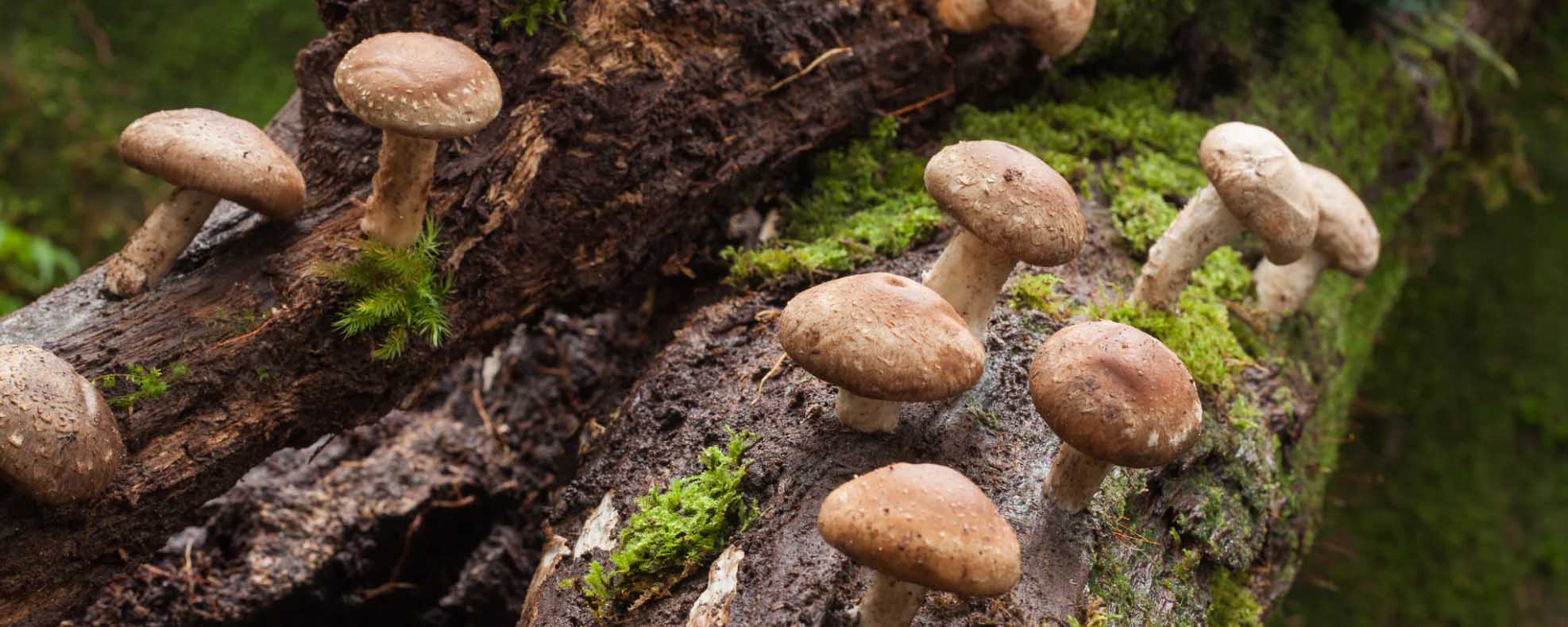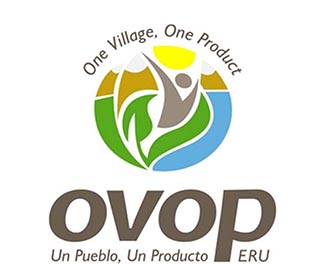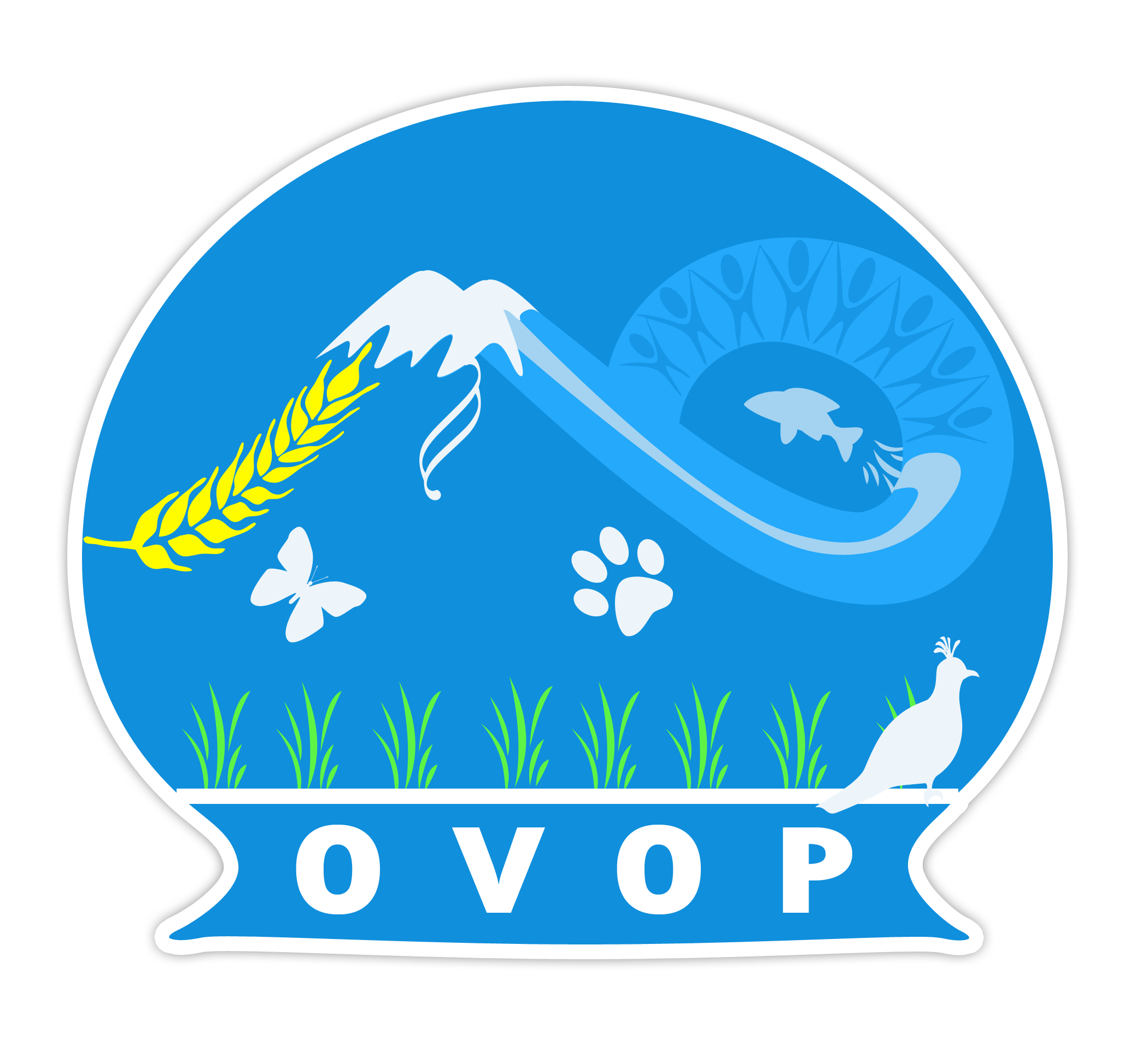The shiitake mushroom is one of the most widely cultivated mushrooms in the entire world. Shiitake mushrooms grow wild in the regions of China, Japan, Taiwan, and Indonesia. It is generally grown on logs and responded well to rain and storms. As times have changed and technology was included in the way to cultivate and grow shiitake mushrooms, the way to produce shiitake mushrooms has changed. However, the initial way shiitake mushrooms are instilled is with the shiitake mushrooms growing on logs and responding well to lighting and moisture.
China was the first country to pick and dry out shiitake mushrooms and, shortly after, Japan began to cultivate them as well. Both countries began to analyze the medicinal properties of shiitake mushrooms, which has led to the findings of the benefits of how shiitake mushrooms can help with your health. From reducing cholesterol to enhancing sexual power and eliminating viruses, shiitake mushrooms are filled with medicinal properties that will prolong your life.
Oita prefecture has an ideal climate for growing shiitake, and contributes around 40% to Japan’s total dried shiitake production volume. Taking advantage of Oita’s pristine natural environment, producers here have a strong preference for growing shiitake on log. By allowing more growing time, the resultant mushrooms are succulent and flavorsome. In the annual all-Japan dried shiitake contest, the Oita Shiitake mushroom has earned first place in the group category a total of 48 times in 62 years, including 16 years in succession.
The secret of the Oita shiitake mushroom’s flavor lies in log-cultivation and the drying technology. Because the mushrooms grow according to the nutrients contained in the logs, they can be grown free of agrochemicals, and growers allow more time for the mushrooms to thicken and for the development of an attractive scaly cap. In Oita prefecture, logs are gathered close to where they are felled, and positioned to create a triangular space below. The variation in temperature created by the sunlight and shade, the enhanced airflow and the rain are used to encourage the fungal threads to spread across the logs. This open-style cultivation is called ‘rachibuse.’”
Oak is predominately used in the log-cultivation in Oita. Because the bark is thicker than other trees, the shiitake grow with a stronger cap and become more succulent.
Furthermore, the processing plant spares no effort to enhance the shiitake’s flavor during the drying. The drying temperature and airflow is adjusted according to the pre-drying water content of the shiitake. In the drying process, guanylic acid, the component responsible for the umami flavor, increases, making this a critical process.






























